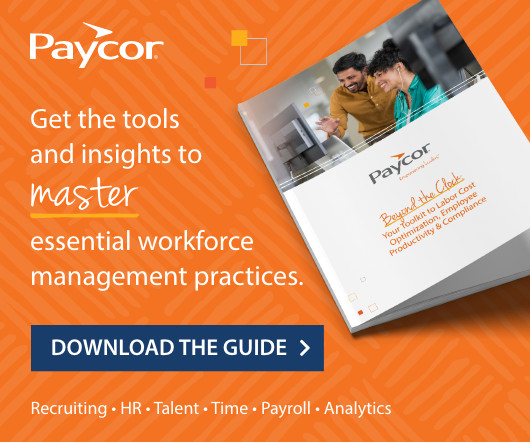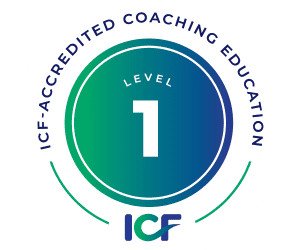What Trends to Expect in 2024 in Enterprise Storage? (Part One)
Dataversity
DECEMBER 21, 2023
Looking ahead to the new year, we’ve identified seven trends in enterprise storage for 2024. In part one, we’ll define and explore the first four trends. The remaining three trends will be the focus of part two. This information will help equip you to prioritize and be successful in the new year. Trend: Freeing up […] The post What Trends to Expect in 2024 in Enterprise Storage?
















Let's personalize your content